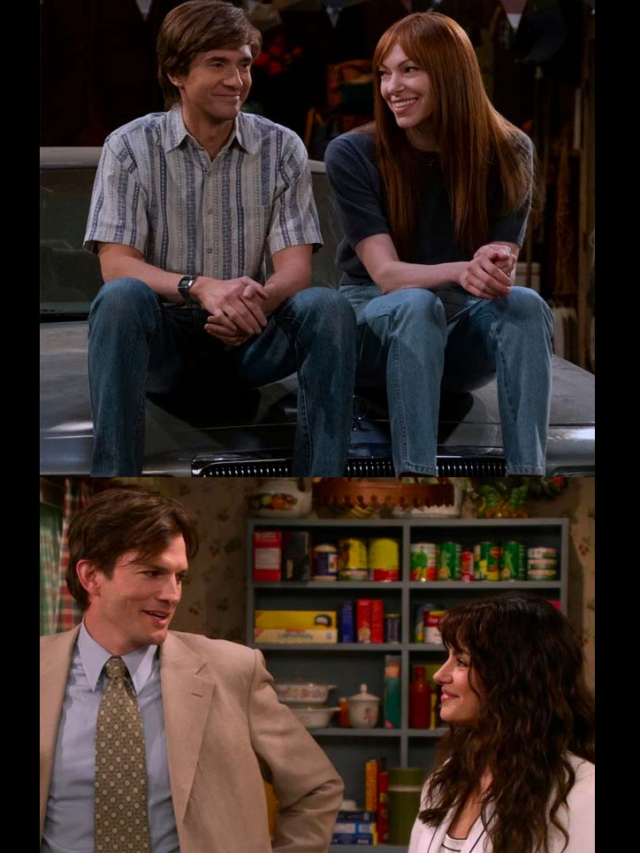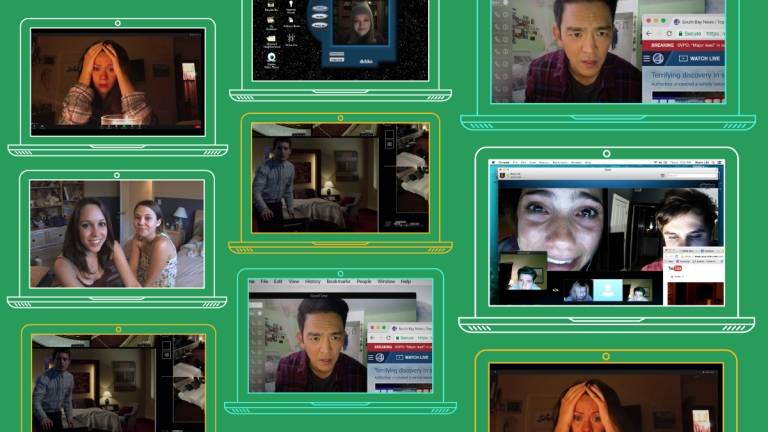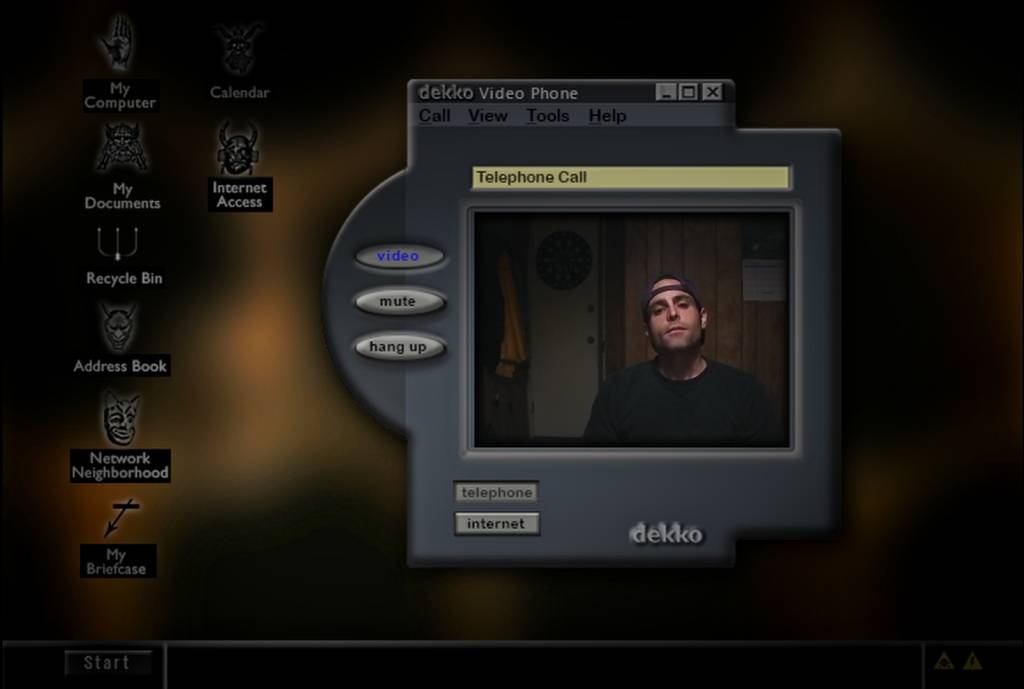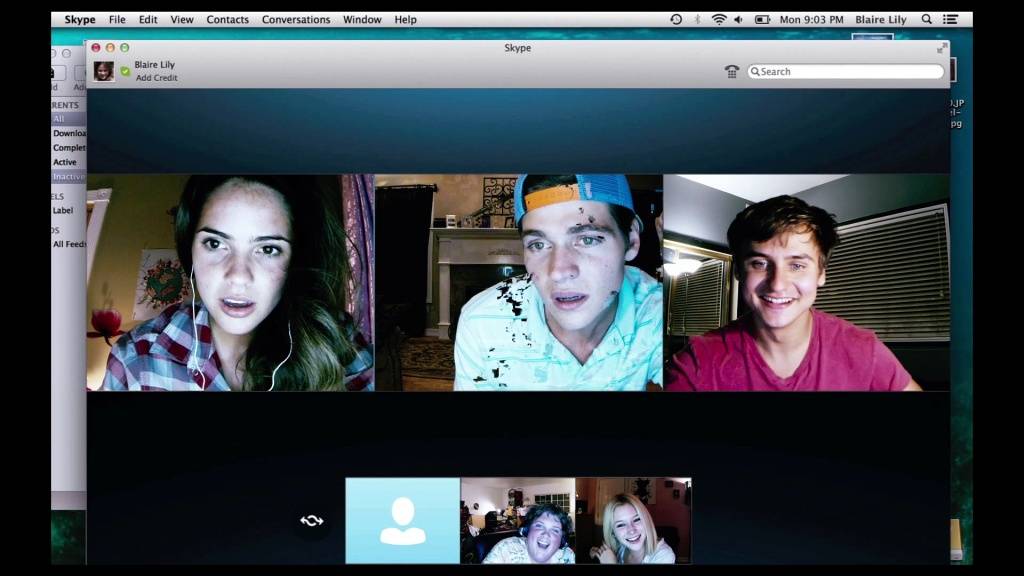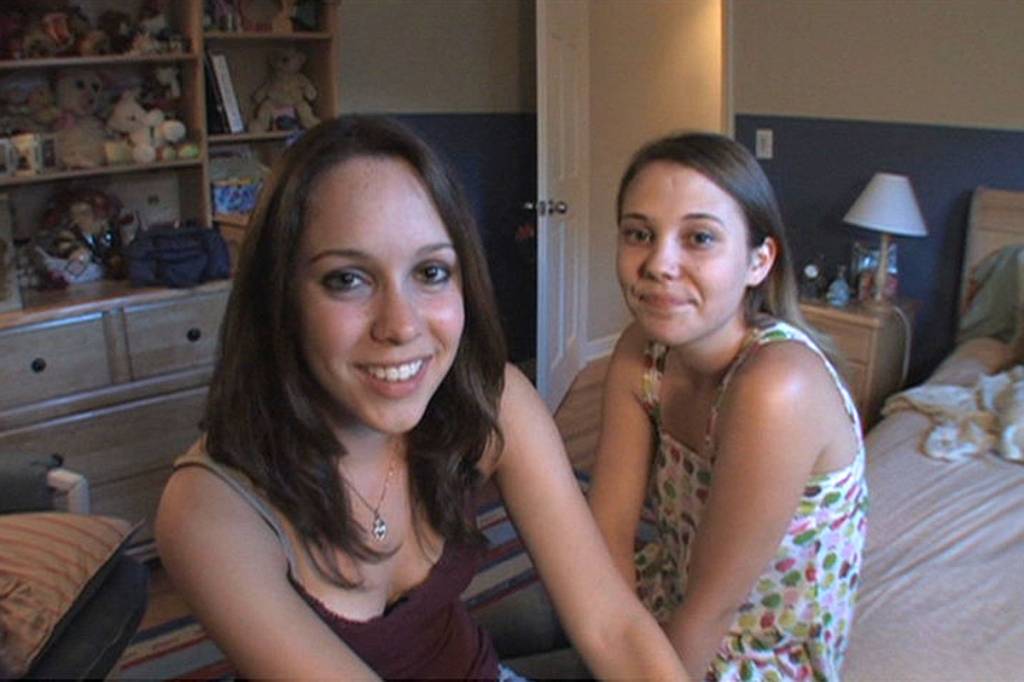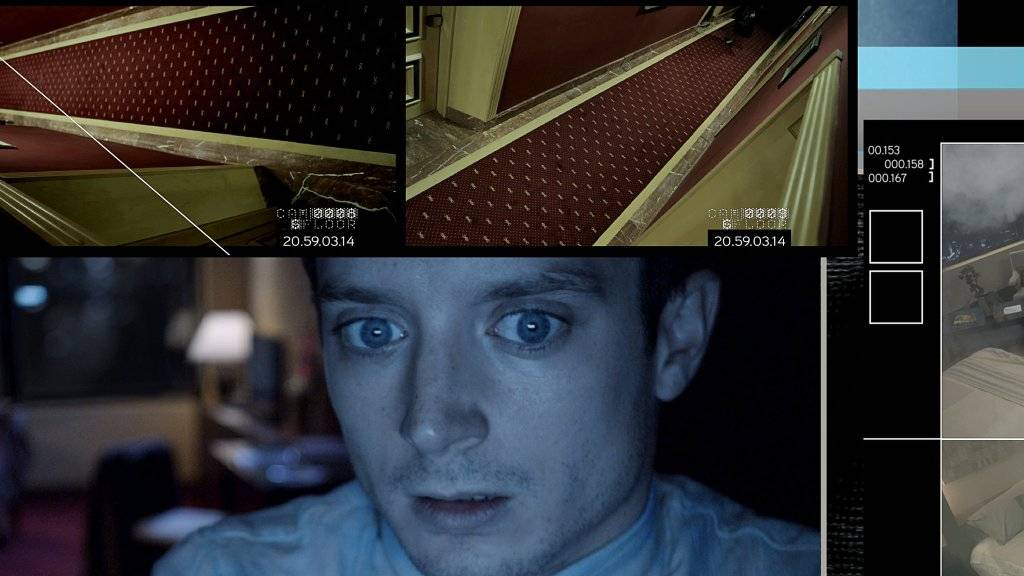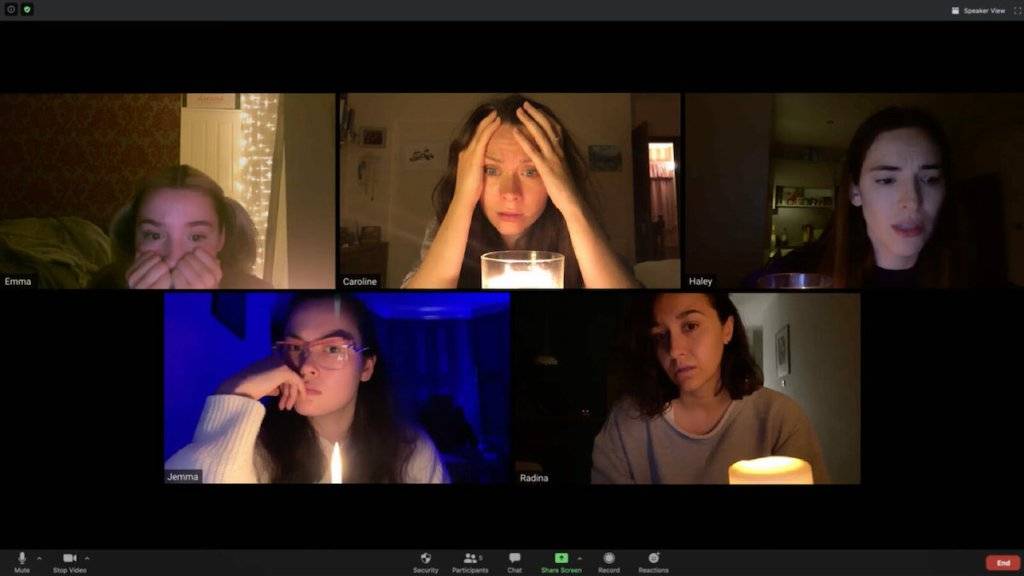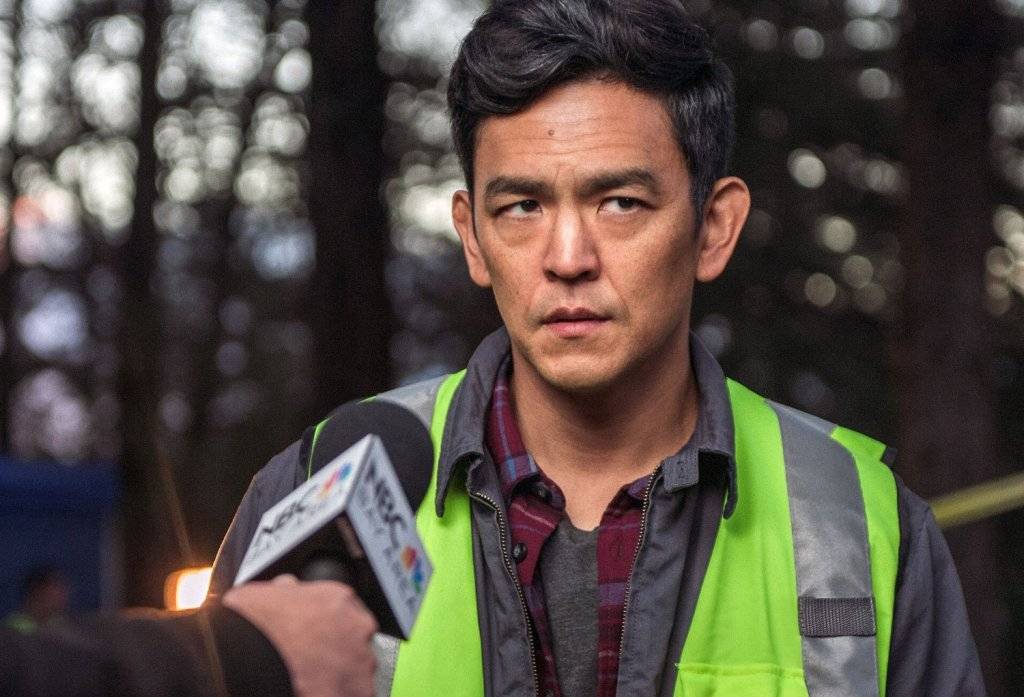Found footage movies immediately became the greatest thing in horror thanks to The Blair Witch Project’s phenomenal popularity in 1999. The use of camcorders, security cameras, and other improbable camera sources allowed directors to lend some realism to their storylines while also keeping costs down. However, found footage swiftly rose to the top of the most despised subgenre list as fans and critics criticised its severe restrictions and laughed at the absurd justifications used by characters to film when they should be running.
Just when the subgenre was dying, a fresh and more modern approach appeared: desktop movies, which take place solely on computer displays and convey their story through webcams, streaming video, and recordings. Desktop movies not only have a wider range of visual styles, but they also more accurately depict our daily lives since we spend so much time staring at displays on computers and smartphones (you’re doing it RIGHT NOW!).
Despite how exciting the subgenre is, it is still very new. With the release of Missing, the follow-up to 2018’s Searching, desktop movies are once again in the spotlight, allowing us to reflect on some of the subgenre’s finest works.
The Collingswood Story
Desktop movies are obviously a relatively new concept, just as video chat, which gained popularity in the 2010s. However, The Collingswood Story, a 2002 film directed by Michael Costanza, was the first desktop movie to be released in the previous decade. After one of them leaves for college, Stephanie Dees and Johnny Burton play a couple of lovers who attempt to maintain their connection over the internet. A slew of strange beings appear after the two invite a psychic into their talk to add some fun.
Although the movie on this list doesn’t have the most visually appealing technology from the early 2000s, it wins for uniqueness. Additionally, Dees and Burton also deliver genuine performances, mimicking The Blair Witch Project’s deceptive appearance of real film of common, unfortunate individuals.
Unfriended
Even while older people like me enjoy horror films, teens will always make up the majority of the genre’s finest viewers. Being embarrassed online would be one of the scariest things for kids in 2014, among other things. With Unfriended, a film about a group chat gone wrong, director Leo Gabriadze plays on that dread while working from a scenario by Nelson Greaves. Friends Blaire (Shelley Hennig), Mitch (Moses Storm), Jess (Renee Olstead), Ken (Jacob Wysocki), and Adam (Will Peltz) are forced to deal with the consequences of their actions when a trespasser with the login “billie227” joins their video chat.
Unfriended acts like a classic slasher film, replete with a bunch of superficial kids who are killed by a killer seeking retribution, despite using technology from the 2010s. It even features absurd kills, including one involving a blender accident. However, the film’s cyberbullying theme keeps it current and makes it more realistic than much of the standard slasher fare, especially for the target audience.
Megan is Missing
Megan is Missing was premiered in 2011 to largely uninterested audiences, but over ten years later, when youths on TikTok posted snippets of the film and dubbed it one of the most gruesome ever produced, it temporarily became an internet craze. Fair enough, Megan is Missing is a very scary movie that was even banned in New Zealand. Sadly, it’s not that good either. However, because of its improbable place in popular culture, it deserves on a list of the finest desktop movies.
Megan is Missing, Michael Goi’s lone feature film credit, shows clips from home movies and news stories gathered during an inquiry into the abduction of 14-year-olds Megan (Rachel Quinn) and Amy (Amber Perkins). The extreme nature of the girls’ destiny brings to mind the pearl-clutching of late 90s Internet videos, but it also lends the movie a delightful exploitation flavour, a fun bit of trash to frighten the TikTok generation.
Open Windows
Nacho Vigalondo, a Spanish director, has built a successful career by taking unconventional approaches to well-known genres. Following the release of his time-traveling thriller Timecrimes, Vigalondo created the alien invasion romance Extraterrestrial and the love drama Kaiju (Colossal). It is hardly surprising given Vigalondo’s past that he would be interested in the developing desktop movie format. Open Windows is a vile piece of work that makes the most of the subgenre’s offerings. It combines a slasher with a vengeance thriller and is portrayed through the desktop of hapless movie nut Nick (Elijah Wood).
The film opens simply with Nick getting ready for a meal with Jill Goddard, his favourite actress, whom he won in a sweepstakes (Sasha Grey). However, when the meal is abruptly postponed, Nick agrees to a sympathetic stranger’s (Neil Maskell) suggestion to get revenge by hacking Goddard’s phone. After making that poor choice, things get much worse when Nick becomes entangled in a far bigger and scarier scheme. Open Windows delivers a plot that is twisting and gritty enough to be compelling, even though the film occasionally reminds one of early computer thrillers from the 1990s and treats the internet like a magic wand that can make anything happen in the real world.
Host
Most of us had grown quite sick of Zoom by the time Host premiered on Shudder in July of 2020. Asking people to spend more time hunched over a computer screen looked like a dangerous proposition well into the COVID-19 pandemic, when computers and phones felt less like a link and more like an obstruction to the people we love. However, exploiting our new normal to generate fresh horrors, English director Rob Savage produced one of the best films of the pandemic era.
The premise of Host is the most straightforward and relatable: a group of friends gathers online for a séance as a crazy but safe way to break up the monotony. However, if something goes wrong with the séance, a paranormal force enters the individuals’ life. Savage and his team, which includes the actors Haley Bishop, Jemma Moore, Emma Louise Webb, Radina Drandova, and Caroline Ward, use the technology to great effect by combining traditional jumps with smartphones, face filters, and other gimmicks since they are not required to explain why everyone keeps recording. Additionally, at 58 minutes, Host makes Zoom entertaining without trying our patience.
Searching
While desktop movies undoubtedly provide many potential for original storytelling, they don’t provide performers much room to display their talents. An actor’s ability to fully utilise their face and body is hampered by the requirements of cameras and natural lighting, which can occasionally lead to a constrained performance. However, Aneesh Chaganty circumvents this issue by having John Cho play the major role in his 2018 film Searching. Cho makes the most of all the genre’s restrictions as a distressed father using a MacBook to look into the disappearance of his daughter. He conveys all the frustration and sorrow that a parent in such a precarious circumstance would feel.
Beyond Cho’s acting and the great supporting roles from Debra Messing and Michelle La, Chaganty’s smart directing distinguishes Searching from other desktop movies. Chaganty uses the programmes on contemporary computers to fill the screen with various colours and dynamic graphics, creating a visually captivating watch from a narrative he co-wrote with Sev Ohanian.
Being a binge-watcher himself, finding Content to write about comes naturally to Divesh. From Anime to Trending Netflix Series and Celebrity News, he covers every detail and always find the right sources for his research.

